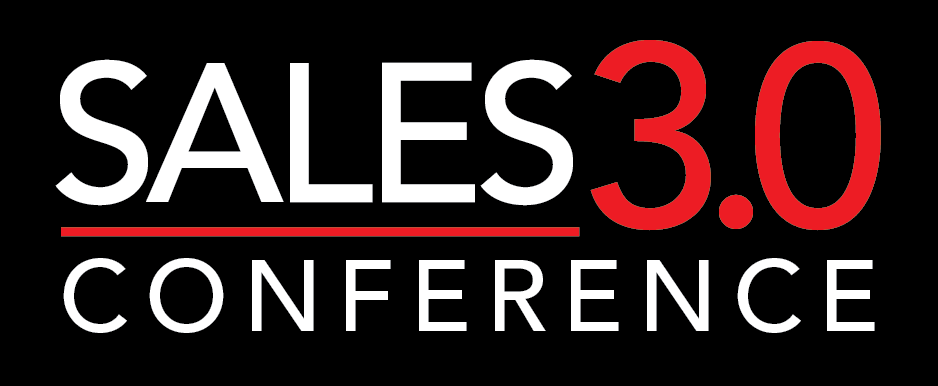In my 15 years in the software industry, I’ve discovered a common, frustrating fact: Most sales methodologies are clunky, old-school documentation exercises that do not inherently improve a company’s ability to execute against its sales goals – resulting in a return on investment of less than 10 percent.
Despite the business’s best efforts to revamp sales behavior in their organization, the fact is that a shiny new sales methodology more often fails to effect real change inside an organization. In fact, many sales team members resent the forced changes because they take up time and there’s no measurable value to them.
So, the question is: Are sales methodologies really an asset or are they just an obstacle?
The short answer: The success of any sales methodology is based on how the organization uses it. According to Tiffani Bova’s book, Growth IQ, more than half of all sales organizations – 54 percent – do not formally align their sales process (or other aspects of how they sell) to the specific journeys taken by their customers. It’s no wonder their methods fall short.
Organizations should not only think more strategically about their account management strategy, but also about the actions needed to put that strategy into action. For the sales methodology, success, is about more than making a new plan; it’s about driving results.
No Implementation Plan, No Change
I’ve seen organizations spend millions of dollars trying to transform their sales processes, only to see their year-over-year numbers improve just slightly, if at all. The reason? Implementation of the new sales program is disruptive to existing workflows. People resist change. After all, salespeople believe, “If it ain’t broke, why fix it?”
Except it is broken. Again, Bova’s book shows sales teams spend an average of 25 percent of their time on administrative tasks. Why? Because sales methodologies aren’t built with the end users’ workflows and priorities in mind. The administrative tasks they require are often more of an obstacle than an asset.
A standard account plan is little more than information packaged into spreadsheets, documents, or presentations. It’s a lot of administrative overhead for on-the-go sales teams to maintain. It gets in the way of them actually selling. Until organizations embrace technology that makes life easier on salespeople, not harder, organizational sales strategies will continue to require more effort and bandwidth than most salespeople want to manage. In the end, difficult becomes impossible. Adoption plummets. Frustration scales.
Tech Can Fill the Implementation Gap
There is good news: In my experience, I’ve seen a better way to reap the benefits of strategic selling without the obstacles of traditional tactics. With the right software, your organization can activate your sales methodology within the existing workflow of sales teams and account managers. You can empower teams to be methodical and outcome driven. Technology can bring sales methodologies to life without disruptive legwork. You can grow quickly when adding just a little bit of the right technology into the right team at the right time.
Think about all the information your sales team manages today: the relationships with individual clients, the knowledge of stakeholders and decision makers, the likelihood of closing a deal in this quarter or any quarter. That information is valuable on its own but can be made priceless with the help of the right data tools. Suddenly, it’s not just what one or two key sales team members think might happen this quarter that drives the forecast, but an entire sales organization’s knowledge base informing those projections.
The Right Sales Tools Give Your Methodology a Heartbeat
Here’s how better sales tools can bring your methodology to life.
- Your key account managers need a platform that gives them visibility into the important decision makers at key accounts with an overview of their business priorities.
- They need to then identify which are addressed by your products and services to identify opportunities the accounts present, and track the progress toward them.
- They need more information – like who these people are, how they relate to one another, and how the strategic goals cascade down from the highest levels of the organization into the other departments.
- They need to know what key accounts are spending with competitors, so they are better armed to identify potential and move deals forward.
- They need to recognize what they don’t know, with easy visibility into gaps in information.
Roll all that information into a visual display, presented in a way that makes digesting it and acting on it easy, and suddenly the sales plan feels alive. The next steps are clear. The organization is more prepared to sell. And your sales team is better positioned than the competition.
With the right solution, you can operationalize instead of documentize your sales and account management methodologies. Better vision through visualization translates to greater understanding of the value you deliver – and a stronger business case for your clients. It’s how you get smarter. It’s how you become more efficient. And it’s how you can ensure your new sales methodology serves as a living, breathing asset to your organization, and not just another unnecessary obstacle.

Mark Kopcha is president and CEO for Revegy, Inc.




